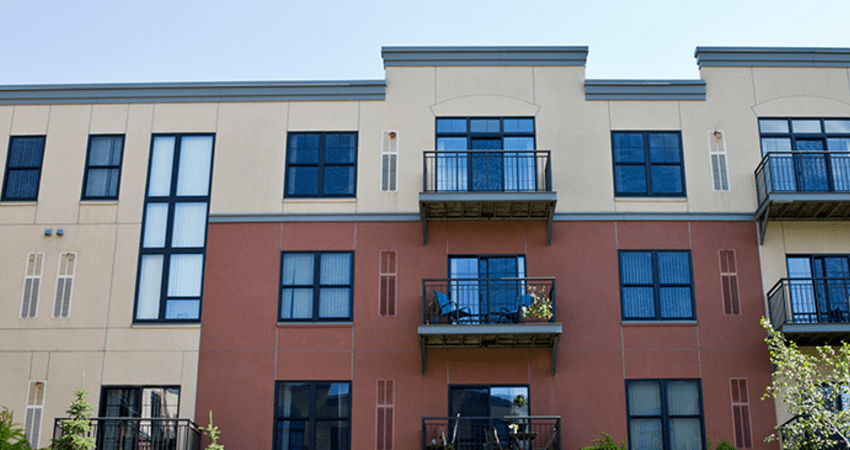
The Best Option for Homeless Families Is a Subsidy
- Title:
- The Best Option for Homeless Families Is a Subsidy
- Author:
-
Abt Associates, et al
- Source:
- Publication Date:
-
2015
The U.S. Department of Housing and Urban Development (HUD) initiated the Family Options Study in 2010 in order to study the effectiveness of several housing interventions for homeless families. In this report, "Short-Term Impacts of Housing and Services Interventions for Homeless Families," early results from the study are reported. Three housing interventions were considered, including the permanent housing subsidy, project-based transitional housing, and community-based rapid re-housing. These types of programs were compared to one another as well as to any other care that is available to the homeless, usually consisting of a continued stay in an emergency shelter. The study was comprised of 2,282 families from 12 communities, all of whom had spent at least 7 days in emergency shelter. The full study will follow all participants for 36 months, and analyze the impact of the housing intervention on five metrics: housing stability, family preservation, adult well-being, child well-being, and self-sufficiency. Preliminary surveys were given to participants 6, 12, 20 and 27 months after their random assignment to a housing program. The findings from these preliminary surveys is presented in the report.
Major findings:
- Families provided with permanent subsidies were more likely to to live in their own home, and had fewer negative experiences such as child separations and domestic violence.
- The permanent subsidy programs achieved comparable costs to existing homeless services, cost slightly more than community-based rapid re-housing and much lower costs than project-based transitional housing.
- Children in families that received permanent subsidies were less likely to move, had better access to food, and experienced less economic stress.
- Heads of families receiving permanent subsidies exerted less work effort than their peers in other programs.
- Families given priority access to community-based rapid re-housing have similar outcomes as those assigned to existing services, but at a much lower cost.
- Project-based transitional housing is the most costly and does not appear to offer advantages over any of the other programs.
- Preliminary evidence shows that the varying needs of the study participants are not related to the impact of the housing interventions. That is to say, the differences in the effectiveness of the programs is not determined by the challenges associated with its participants.
- The success of permanent subsidies suggests that homelessness is a housing affordability problem that does not necessarily require homeless-specific psychosocial services.
- Because permanent subsidies stabilize families across several areas, including schooling, adult-well-being and family preservation, they are likely to have broader impacts, and contribute to neighborhood stability.